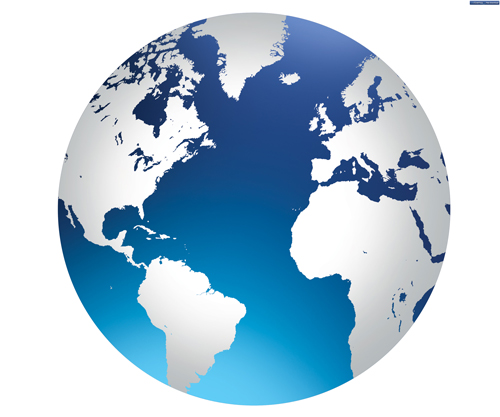Written by Doaa Hussein
A chunk of emerging Asian and Africa countries made a notable presence on the list of the top 10 quickest growing GDPs this year.
The world is expected to have an estimated growth by 2.7 per cent in 2016, down from 3.3 per cent in a previous forecast in 2015.
According to the intelligence unit in the Economist magazine, Turkmenistan-Laos-Cambodia and Myanmar are all forecast to grow further than 7.5 per cent.
They are followed by India, Bhutan, and Ivory Coast with an estimated GDP growth of 7 per cent, specifically. Rwanda, Vietnam, and Djibouti come at the tail spin below 6.5 per cent.
In this report, we will explore together the reasons why these above-mentioned countries possess this remarkable position on the world trade map, quickly tackling down the characteristics of each.
1-Turkemnistan:
A small country in Central Asia, boasts the world’s fourth largest reserves of natural gas, and substantial oil reserves.
In spite of reaching 60 per cent unemployment rate 12 years ago, Turkmenistan’s successive governments managed to lower this percentage, especially that half of their country’s land is planted with cotton, leading it to rank ninth among the largest cotton producers worldwide.
2- Laos:
With an estimated population about 6.5 million, the country is trying to employ all its resources, in order to secure its position between the highly growing economies.
Laos depends entirely on agriculture, which accounts for half of its GDP, and helps provide 80 per cent of its employment, despite the fact that only 4 per cent of the land is arable.
3- Cambodia:
A tiny country in Southeast Asia that managed to lessen its previously high poverty rate from 52.2 per cent to 20.5 per cent.
Reportedly, tourism is the fastest growing industry out there, arrivals increased by 17.5 per cent in 2013, triggered by the country’s inspiring historical sites, as described by the Lonely Planet travel website.
Textiles claim the largest portion of Cambodia’s exports, accounting for almost 80 per cent (China is the biggest importer of the Cambodian goods).
4- Myanmar:
The Fourth rank on the list, is deemed to be one of the poorest nations in Southeast Asia. Although suffering from lack of an educated workforce, the country has a God given blessing of petroleum and gases, which score 43 per cent of its exports, alongside with the state’s highly reliance on agriculture (Large rice producer).
5- India:
The fastest growing economy in the forthcoming decade, with an anticipated growth ranging 7 to 7.5 per cent, as forecast by the World Bank 2016 economic prospects, published earlier this month.
Experts say that the good administration is a central pillar in India’s current economic growth. The services sector seizes about 52 per cent of GDP, according to the World Bank report.
6- Bhutan:
Bhutan is a Buddhist kingdom on the Himalayas’ eastern edge, with tourism and agriculture representing its most returnable resources that account for about 55 per cent of its livelihood, as of unofficial statistics.
7- Ivory Coast:
The first African country on this list, which holds multiple rankings globally. It is considered the largest exporter of cocoa beans (about 25 per cent of its GDP), as well as, marking the fourth largest in goods, according to official statistics. About 50 per cent of its nation work in agriculture, which represents a huge resource of the national income.
8- Rwanda:
According to the Economist report, Rwanda has made the most progress during previous years. Alongside, other neighbours, the agricultural sector in the African country constitutes about 32.5 per cent of GDP, according to the World Bank report in 2014.
9- Vietnam:
The ninth in rank, marks the third largest oil producer in South Asia, which dominates a large percentage of its annual exports. In addition, Information Technology now forms a large and fast growing part of the national economy.
10-Djibouti:
The small African nation depends heavily on the services sector, which constitutes a large part of its GDP.
To sum up, experts reveal that there are two general reasons for the continuing economic growth of the previously mentioned nations, firstly because of their small size, which allows faster growth in comparison to the larger, more developed countries. Secondly, because of their small population, which lessens demands on various resources.


